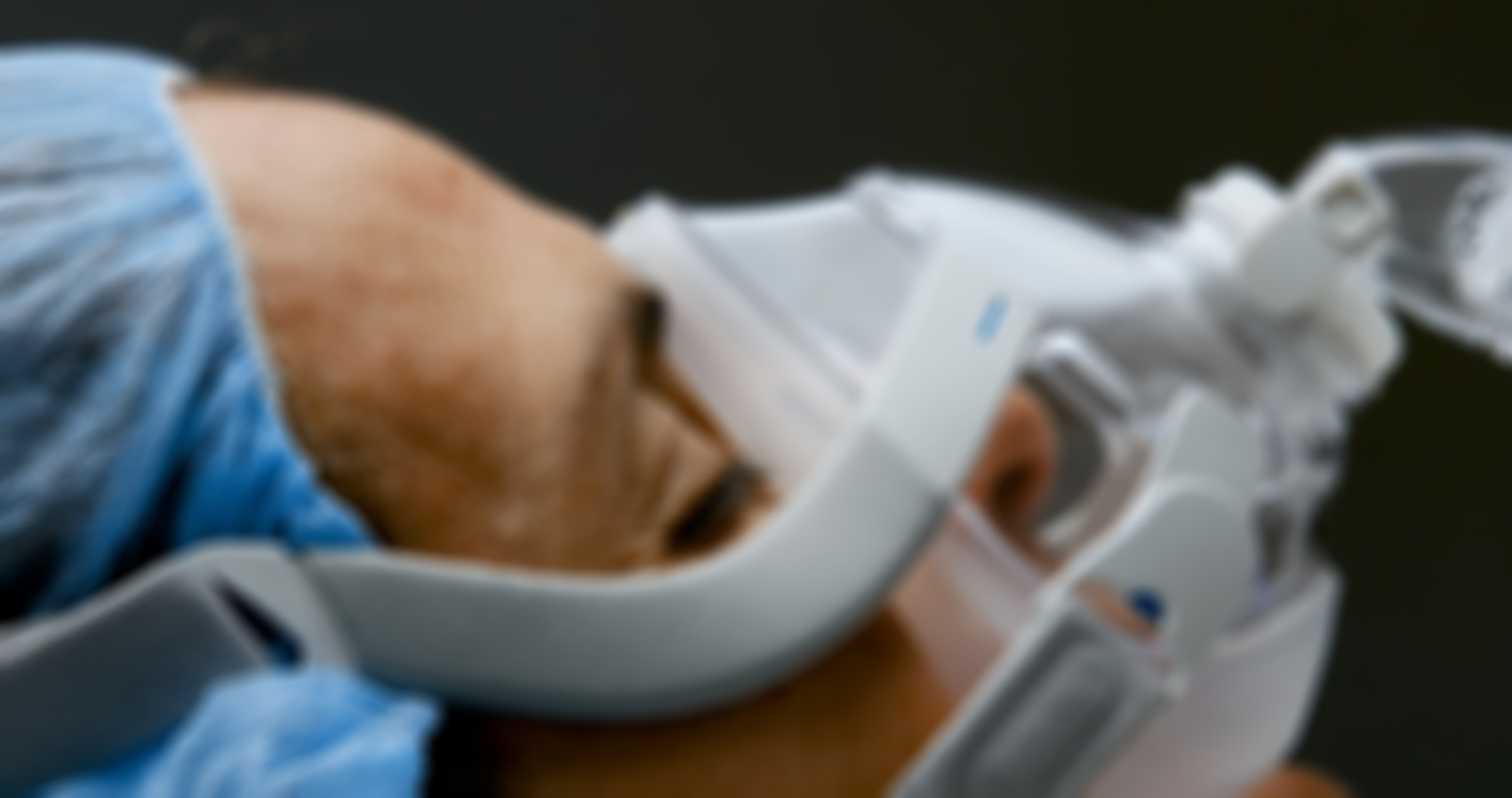

Artificial ventilation can be a necessary treatment in many cases, including for lung conditions such as pneumonia or for certain muscle and nerve diseases. To make artificial ventilation simpler, Christian Hofmann and his Medical Sensor Systems Group at Fraunhofer IIS are working on the Filter4Flow project. This work offers a new combination of highly responsive sensor elements and a virus filter. Through this development, the Fraunhofer scientists are improving the monitoring of COVID-19 patients requiring artificial ventilation. Because what might appear straightforward in a fictional lifeguard show actually puts a great strain on COVID-19 patients and their carers.
Measuring breathing closer to patients
Up to now, the sensors and electronics that measure respiratory parameters such as airflow, air pressure and oxygen have tended to be housed in bulky ventilators, where they are hard to access. But the Filter4Flow project consortium is bringing its new filter and sensor system closer to the patient by integrating it directly into the breathing tube. This new design protects patients against unwelcome viruses and bacteria, while also employing delicate measuring wires applied to the filter with a thin film to monitor patients’ respiratory parameters close by. As a single-use item, the Fraunhofer Filter4Flow system is maintenance-free, very hygienic and extremely cost-effective to mass produce. This development involves Fraunhofer IIS, Fraunhofer IST and Fraunhofer ITEM.
Fraunhofer makes respiratory monitoring reliable
The combination of smart virus filter and sensors packaged as an affordable system is particularly useful when patient numbers are high. Although it cannot make up for a lack of ventilation units, more precise signal measurement enhances the quality of respiratory assistance and – because the new filter can be changed much more easily by the nursing staff – considerably reduces device maintenance.
In addition, the system aims to allow the continuous ventilation of patients, which up to now has been possible only in intensive care units, to be extended to other areas such as normal hospital wards and out-of-hospital areas. This will enable better use and management of intensive care capacity.
In the future, it is not just patients in carefully monitored clinical wards who stand to benefit from the smart filter system. Its intuitive operation will make it reliable and easy to use also in more demanding environments. Hofmann reports that the system could also be used in crisis regions, field hospitals or developing countries, as well as to help any patient requiring breathing assistance.
Article by Dr. Katja Engel
